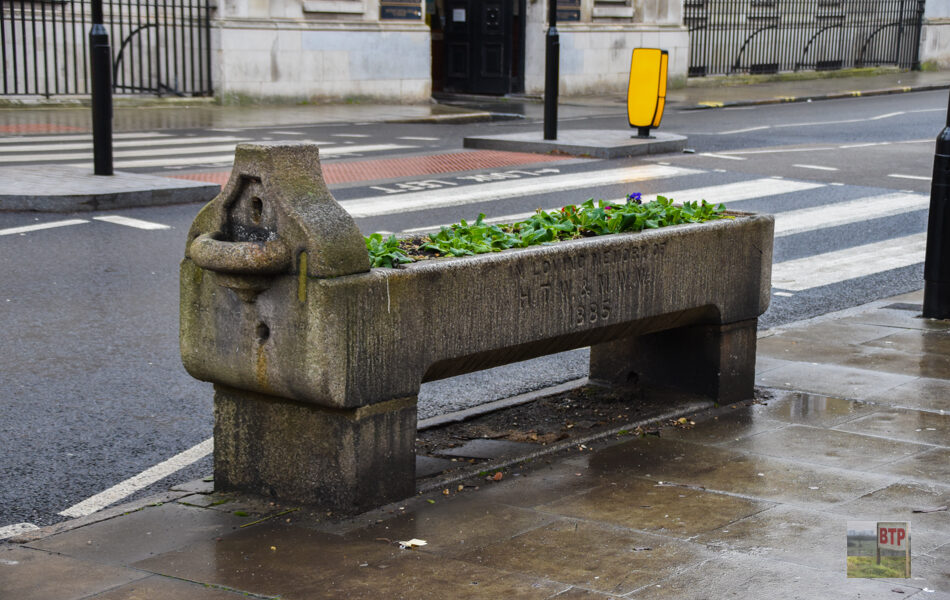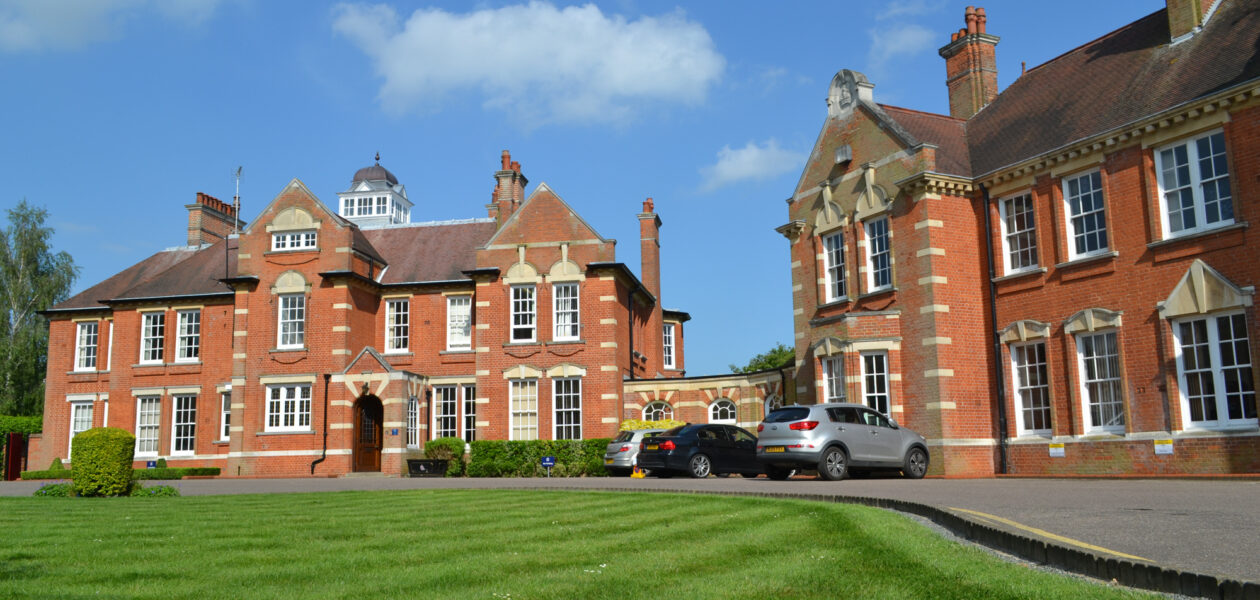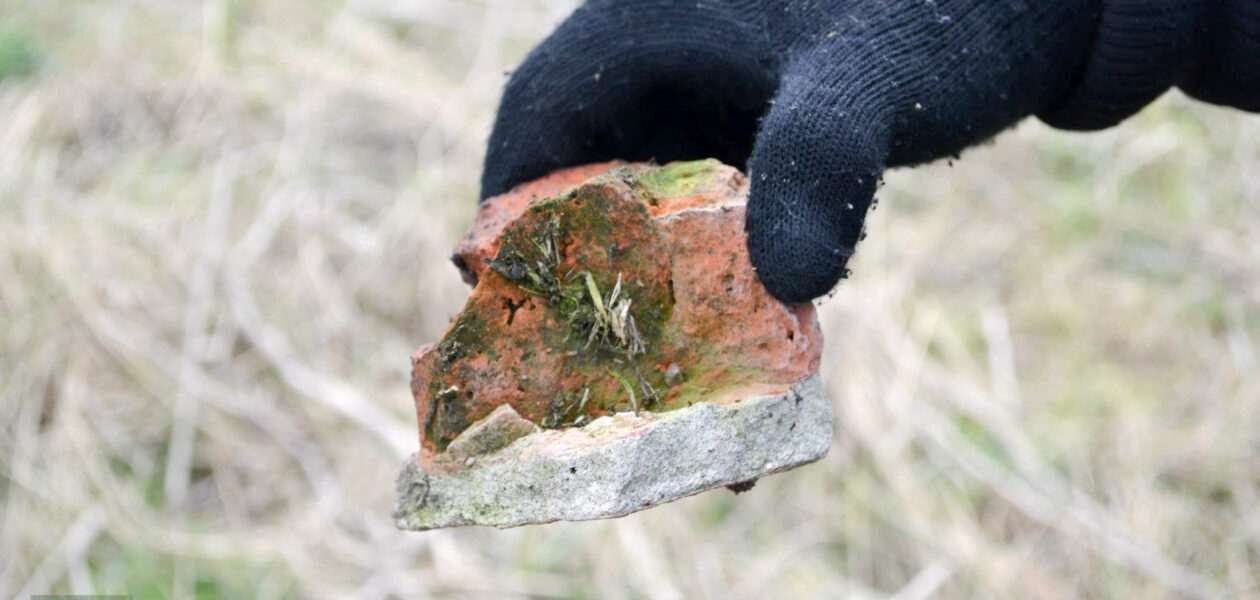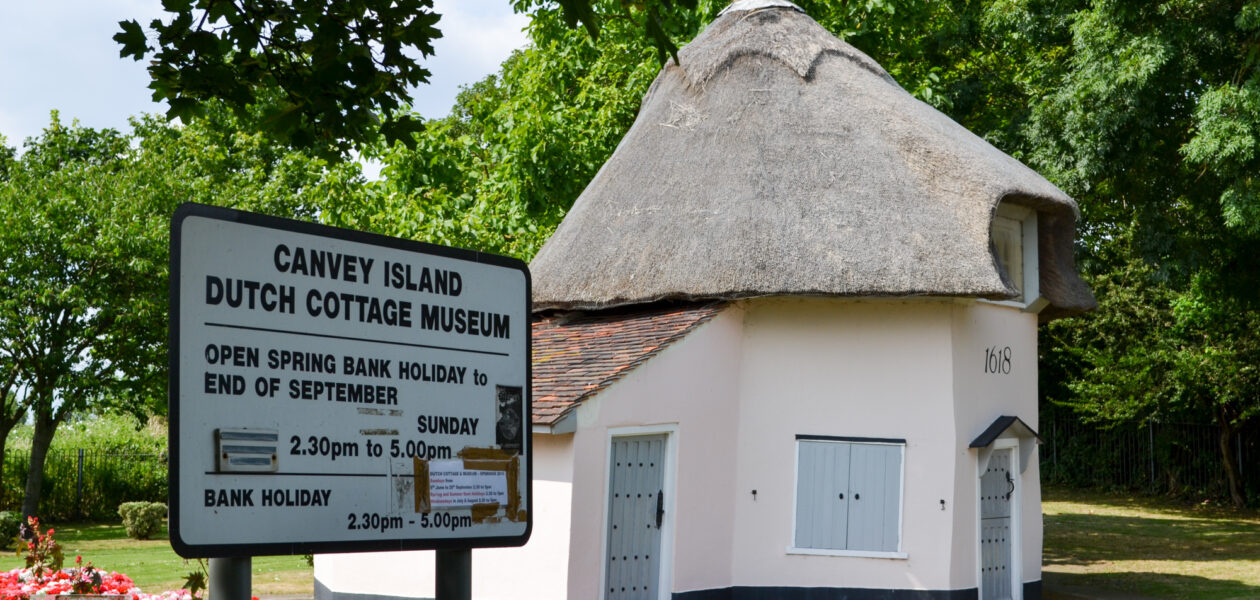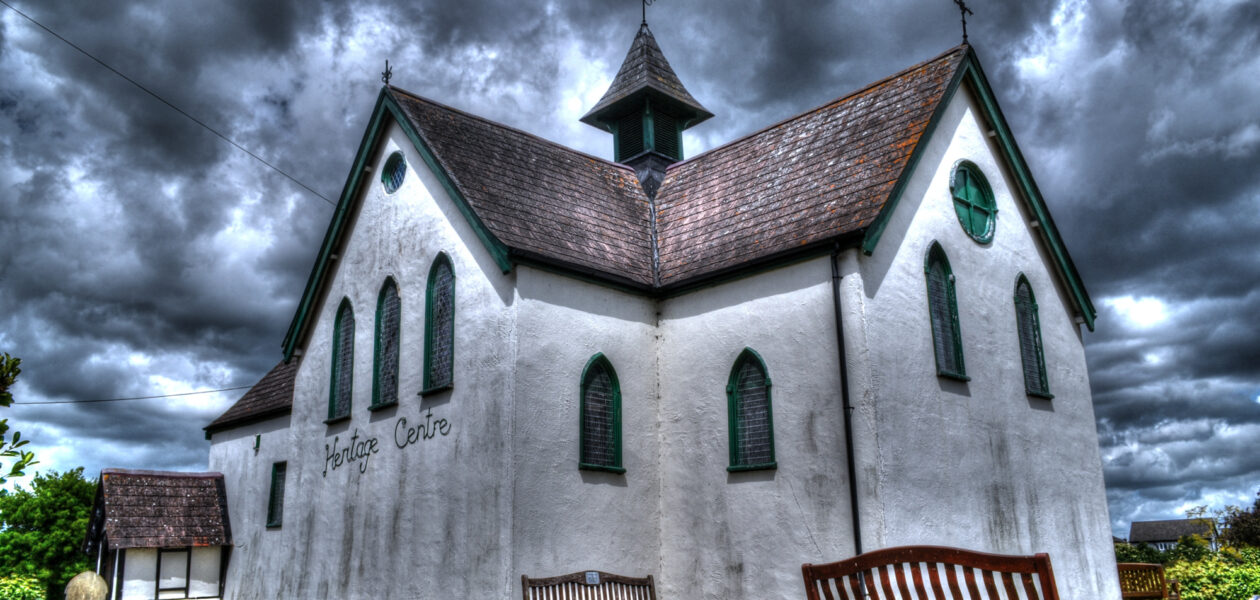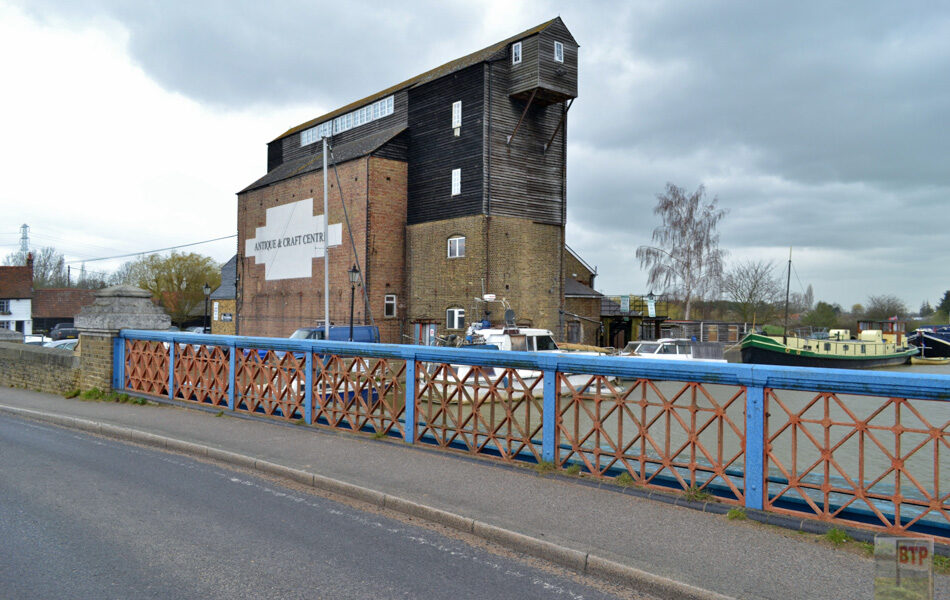Oozedam Farmhouse and WW2 Defences
We visited Oozedam Farm in January of 2018, on a trek across Fobbing Marshes which saw us head from the farm to discover a lost explosives factory, bomb craters and much more. Starting here, we knew that there was a pillbox on the old farm and possibly even the remains of a Spigot Mortar or…
View More

